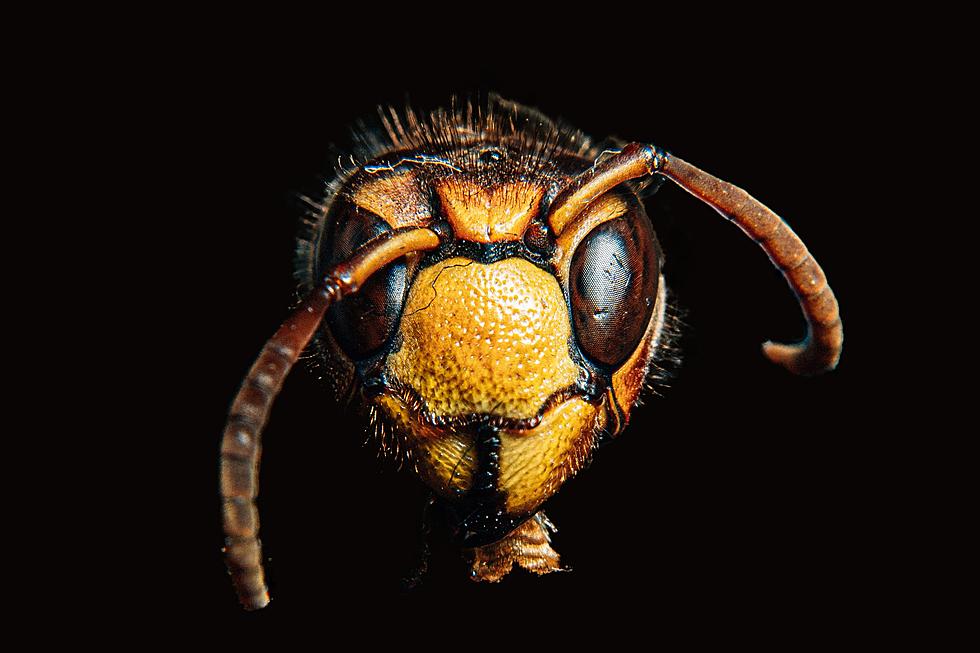![Spot Spotted Lanternfly Eggs In The Winter? Here’s What To Do If You See Them [GALLERY]](https://townsquare.media/site/497/files/2021/11/attachment-magi-kern-vFqlAJb7H6Q-unsplash.jpg?w=980&q=75)
Spot Spotted Lanternfly Eggs In The Winter? Here’s What To Do If You See Them [GALLERY]
We've heard about the Spotted Lanternfly recently. they were first spotted in Pennsylvania in September 2014. They've since been found in ten other states including New York, New Jersey, Massachusetts, and Connecticut.
According to the USDA, The Spotted Lanternfly along with the Lymantria Dispar Dispar (LDD) which used to be referred to as a Gypsy Moth, is a threat to many types of trees and fruits such as apples, grapes, peaches, and cherries. And even though we won't see them flying around as winter approaches, the USDA reports that fall is the time "they seek out outdoor surfaces and lay mud-like egg masses on tree bark, outdoor gear (such as lawnmowers, bikes, and grills), methods of transport, and more."
The New York State Department of Environmental Conservation Facebook page notes that the Lymantria Dispar Dispar is about 1.5 inches long and appears tan/brown and fuzzy.

The USDA describes the Spotted Lanternfly eggs as masses about an inch long and resembles a smear of mud. They recommend that if you find any egg masses, scrape them into a plastic zippered bag that is filled with rubbing alcohol or hand sanitizer, close it up tightly and properly dispose of it.
You can report these Spotted Lanternfly findings through sites set up in each state. For New York State, visit the New York State Department of Agriculture and Markets, and for Pennsylvania, visit the Pennsylvania Department of Agriculture.
Take a look at the pictures below to identify Spotted Lanternfly and LDD eggs from the NYS DEC.
via USDA, NY Department of Agriculture and Markets, Pennsylvania Department of Agriculture, New York State Department of Environmental Conservation
Spotted Lanterfly
Keep Slithering Down The Page To See All The Snakes of NYS
Seven Ways to Fight Off Ticks Using Rosemary
Five Things That Are Shaving Time Off of Your Life Expectancy
More From WZOZ









